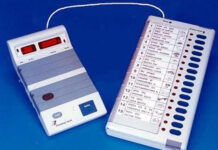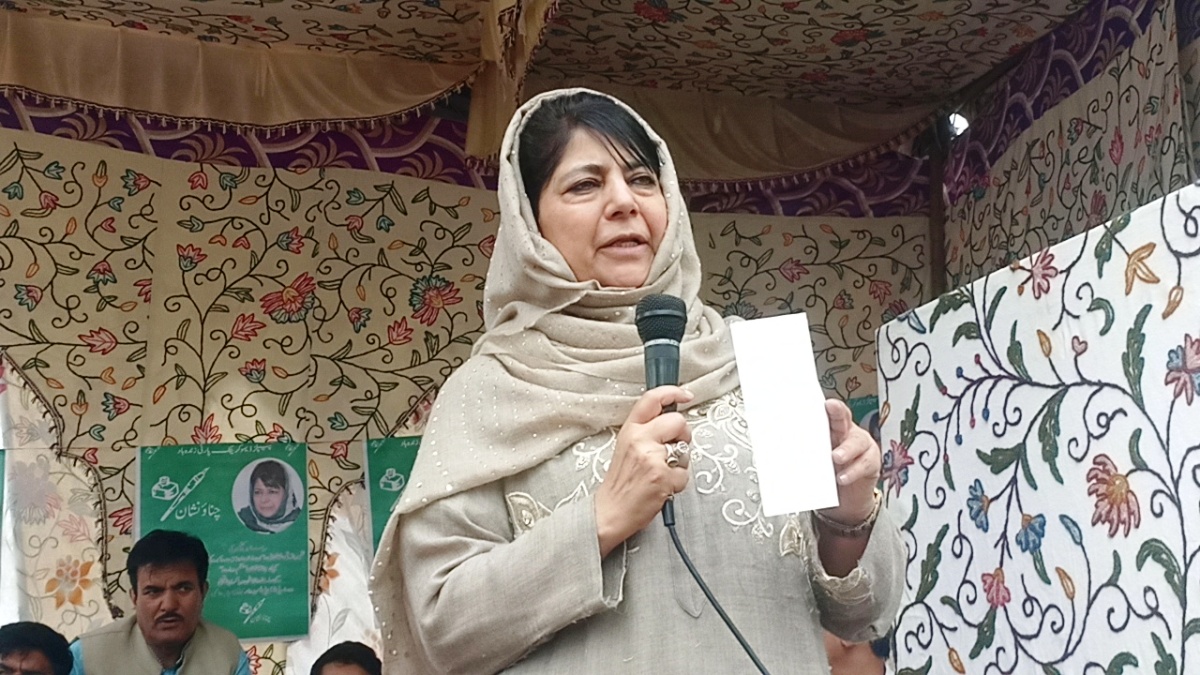SRINAGAR: The Weather department on Monday said that a fresh “active” Western Disturbance (WD) was most likely to affect Jammu and Kashmir from the afternoon of January 11.
“Under the influence of this system, light to moderate rain/snow (rain in plains & light snow over higher reaches of Jammu division) most likely at most places of J&K with moderate snowfall intensity over higher reaches (isolated heavy over higher reaches of Kashmir especially Keran, Machil, Gurez, Tulail, Sonamarg, Gulmarg, Pahlgam, higher reaches of Budgam, Higher reaches of Shopian and Kuligam),” news agency GNS quoted a meteorological department official as having said, adding, “The main activity is during 11th late night to 12th Late night and gradual decrease thereafter.”
Meanwhile, Gulmarg and Pahalgam along with other higher reaches received fresh snowfall while light rains lashed plains including Srinagar amid increase in night temperature on Monday.
The meteorological department official here told GNS that Srinagar recorded a low of 0.9°C against last night’s minus 0.1°C. Today’s minimum temperature was 2.8°C above normal for the summer capital which received 0.5mm of rainfall in the last 24 hours till 0830 hours today, he said.
Qazigund, he said, recorded a low of 0.2°C against minus 1.3°C. Today’s minimum temperature was 1.8°C above normal for the gateway town that had 0.8mm of rain during the time, he said.
Pahalgam received 0.2cm of snowfall during the time and recorded a low of minus 0.7°C against minus 1.4°C on the previous night. Today’s minimum temperature was 6.3°C above normal for the place, he said. The coldest night recorded this season in the famous tourist resort in south Kashmir’s Anantnag district was on January 2 when mercury plunged to minus 9.6°C.
Kokernag also received 0.7 mm of rain and recorded a low of minus 0.5°C against minus 1.6°C on the previous night, he said. It was 3.5°C above normal for the place.
Gulmarg received 9 cm of snowfall and recorded a low of minus 2.5°C against minus 3.4°C on the previous night, the official said. It was 5.3°C above normal for the world famous skiing resort in north Kashmir’s Baramulla district that had its coldest night this season on January 2 when minimum temperature plummeted to minus 10.0°C, the official said.
In Kupwara town, the mercury settled at 0.7°C against 0.4°C on the previous night in the north Kashmir area that received 13.4mm of rain during the 24 hours, he said. The official said that the temperature was 3.4°C above normal.
Jammu recorded a low of 5.2°C against 5.0°C on the previous night. It was 2.2°C below normal for J&K’s winter capital, he said.
Banihal had 0.9mm of rain and recorded a low of 5.2°C (above normal by 5.2°C), Batote received 0.4mm of rain and recorded a low of 5.2°C (above normal by 5.2°C), Katra recorded 10.5°C (4.5°C above normal) while Bhadarwah received 0.6mm of rain and recorded a low of 5.2°C (6.2°C above normal).
In Ladakh, Leh and Kargil recorded a low of minus 6.6°C and minus 7.5°C respectively, the official said.
Kashmir is under the grip of Chillai-Kalan, the 40-day long harsh winter period that started on December 21. It does not mean an end to the winter either. It is followed by a 20-day-long period called ‘Chillai-Khurd’ that occurs between January 30 and February 19 and a 10-day-long period ‘Chillai-Bachha’ (baby cold) which is from February 20 to March 1.















